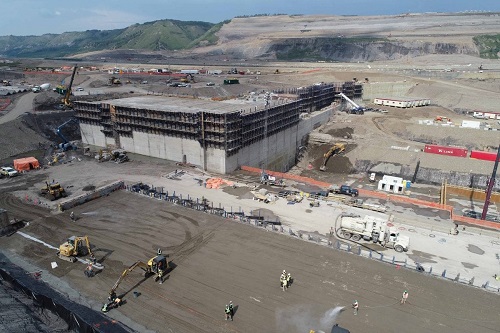 Saturday, May 18, 2024
Saturday, May 18, 2024  Saturday, May 18, 2024
Saturday, May 18, 2024 
It was obvious from the start that the Site C hydroelectric dam under construction in northeastern British Columbia was in danger of turning into a financial quagmire.
BC Hydro had wanted to build Site C for decades. It had already built two big dams on the Peace River, completed in 1968 and 1980. BC Hydro’s DNA is dams, and it hadn’t built a new one since 1984. By 2010, the BC Liberal government of the day had become gung ho for Site C, the most expensive build in the province’s history.
The bill at the time was about $6-billion. Then it was $7.9-billion. By the time the Liberals approved it in late 2014, after they had exempted it from an independent review, the bill was $8.8-billion. Once construction got under way, then Liberal premier Christy Clark vowed, in her own words, to push the project to the point of no return.
The NDP had long opposed Site C and, when the party gained power in 2017, it ordered a review by the B.C. Utilities Commission – which is what should have been done years earlier. About $2-billion had been spent by then.
The review found that BC Hydro’s forecast of future demand was “excessively optimistic,” and said “increasingly viable alternative energy” such as wind and geothermal could provide similar benefits. But the commission did not issue a firm yes or no, although it noted that another $2-billion would have to be spent if the project was halted for good.
Former NDP premier Mike Harcourt at the time said Site C was a “clear, unmitigated disaster.” Still, at the end of 2017, NDP Premier John Horgan decided to go ahead – as the budget spiked to $10.7-billion – believing the project was too advanced to stop.
It was the classic sunk-cost fallacy, colloquially described as throwing good money after bad.